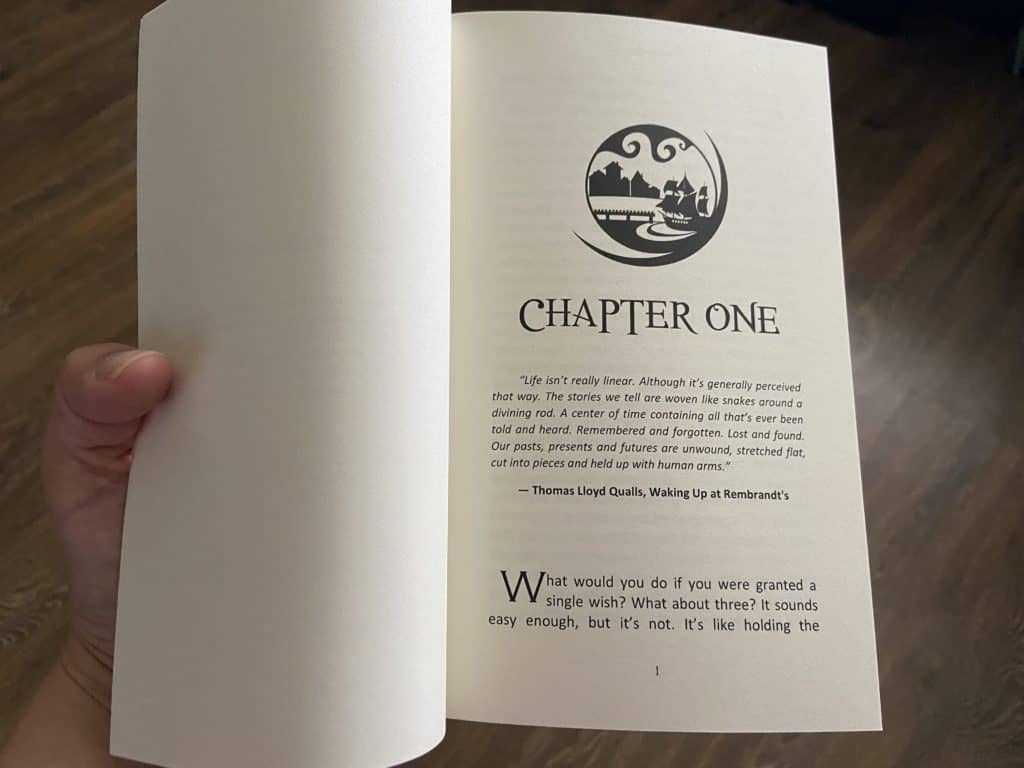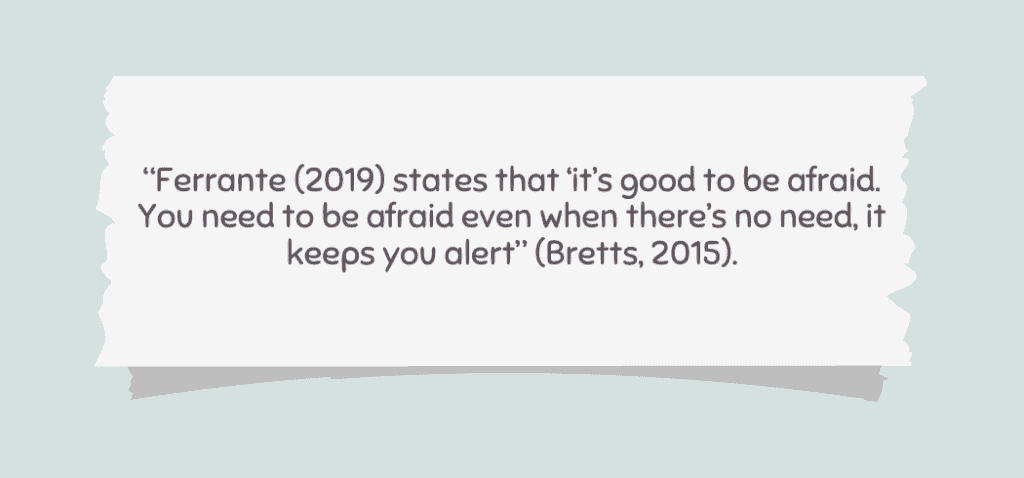Quoting sources gives your essay or research paper credibility. But what if the quote requires context or doesn’t fit your sentences? How do you modify a quote?
As a content creator, I’m always quoting people and sources. But sometimes, I have to tweak things or chop them up to fit with my writing format.
Keep reading to learn the rules for editing quotes. Find out how to omit irrelevant text, correct a writer’s errors, or clarify meaning within direct quotations.
Is it Okay to Edit Quotes?
Yes, editing quotes is acceptable if you don’t take them out of context. I do it all the time! You must also ensure that the readers still know the original quote by using brackets for your inserted ideas.
This method is common, especially among run-in quotations. A run-in quote is a quote inserted within your sentence using quotation marks.
You’ll find periods and commas within run-in quotes. There may also be question marks and exclamation points outside them if they are not original to the quoted statement.
Remember that you can only edit quotes to:
- Integrate quoted text in your writing.
- Omit irrelevant text from the quotation.
- Correct a spelling or grammar error.
- Clarify the meaning of the quote.
I edit and use quotes all the time in my content writing and my works of fiction. For example, the fourth book in my Dark Tides series features a quote from my favorite poet because the statement goes so well with the story.

Because this was a public quote from him that can be found anywhere on the internet, I was able to use it as long as I sourced and credited it properly. However, the original quote is long, and I only need a snippet of it.
So, I picked one paragraph, inserted it with quotation marks, and credited the poet. In most cases, this is all you need to do. But, if I were only to use pieces of this paragraph or even omit parts, I’d need to do a little more. Let’s dive in deeper.
Editing Quotes Rules
Learn how to modify a quote in an essay with these guidelines for editing quotations.
Clarifying Quotations
Learning how to change a quote to fit your sentences or add more information is essential to make your message clear to the readers. There are instances when you want to put personal ideas with quotations without confusing your audience about the original statement.
Example:
“It [formal education] teaches us the usage of this art and science in everyday life, and that is how a child becomes a learned person” (Foxes Media, 2022).
Never put the in-text citation in brackets. Instead, use parentheses.
You can also use those square brackets to show changes in letter cases.
Example:
Foxes Media (2022) explains that “[i]t teaches us the usage of this art and science in everyday life, and that is how a child becomes a learned person.”
Quotations Within Quotations
To quote a quoted statement from another book, you should mention the primary and secondary sources. You don’t have to change anything within the entire quotation.
Example:
Bretts (2015) states that “It’s good to be afraid. You need to be afraid even when there’s no need, it keeps you alert” (as cited in Ferrante, 2019).
You can also directly quote the secondary source by citing the primary source using single quotation marks. However, this method is complicated and not recommended.
Example:

“Ferrante (2019) states that ‘it’s good to be afraid. You need to be afraid even when there’s no need, it keeps you alert” (Bretts, 2015).
Make sure the period comes after the in-text citation mark and not before the closing quotation mark.
How Do You Correct a Mistake in a Quote?
Some sentences contain spelling and grammar errors when they were written or mentioned by the original person. Personally, I leave it. I feel that the reader will see that it’s a quote and will understand that the mistake isn’t mine.
But major style guides recommend paraphrasing the statement instead of using a quotation. Just make sure that the paraphrased sentence still conveys the same message.
For the APA style, if you want to use direct quotations, you might consider using brackets with the word “sic.” Place “[sic]” after the quotation in italics.
Examples:
- According to Nowak (2019), “people have an obligation to care for there [sic] pets.”
- Gilmore (2020) wrote, “if you’re going to throw your life away, he better have a motorcycle [sic].”
The word “sic” is Latin that means “as such,” which is the problem in the original text. I had no idea, actually had to look that up!
How Do You Take Out Parts of a Quote?
It’s common for academic writing to include only the relevant information, hence the need to cut out parts of a quote. You might want to leave out a superfluous sentence through ellipses to maintain the flow of your writing.
Here’s an example of the original statement:
Unfortunately, in the United States, many educators who claim to be Freirean in their pedagogical orientation mistakenly transform Freire’s notion of dialogue into a method, thus losing sight of the fact that the fundamental goal of dialogical teaching is to create a process of learning and knowing that invariably involves theorizing about the experiences shared in the dialogue process. Some strands of critical pedagogy engage in an overdose of experiential celebration that offers a reductionistic view of identity.
The statement to quote:
Unfortunately, in the United States, many educators who claim to be Freirean in their pedagogical orientation mistakenly transform Freire’s notion of dialogue into a method, thus losing sight of the fact that the fundamental goal of dialogical teaching is to create a process of learning and knowing that invariably involves theorizing about the experiences shared in the dialogue process. Some strands of critical pedagogy engage in an overdose of experiential celebration that offers a reductionistic view of identity.
To quote this statement, we don’t use double quotation marks anymore. Block quotations are used to cite long passages. Use a colon at the end of the introduction, then indent the passage by five spaces on the left.
Example:
The Pedagogy of the Oppressed stated explained it best:
Unfortunately, in the United States, many educators who claim to be Freirean in their pedagogical orientation mistakenly transform Freire’s notion of dialogue into a method… Some strands of critical pedagogy engage in an overdose of experiential celebration that offers a reductionistic view of identity. (Freire, 2005).
Final Word on How to Edit Quotes
My post has detailed how to modify a quote, so I hope you feel confident doing it now. Remember that you can only change a quote to fit your sentence, clarify meanings, and correct errors. You can also remove parts of a quote that are irrelevant to your writing. Here are the basic editing quotes rules:
- Use square brackets for additions to the quoted material.
- Use an ellipsis to cut out text from the quoted statement.
- Use “[sic]” to show you’ve copied an error from the original author.
- Use blocked quotations for long passages.
